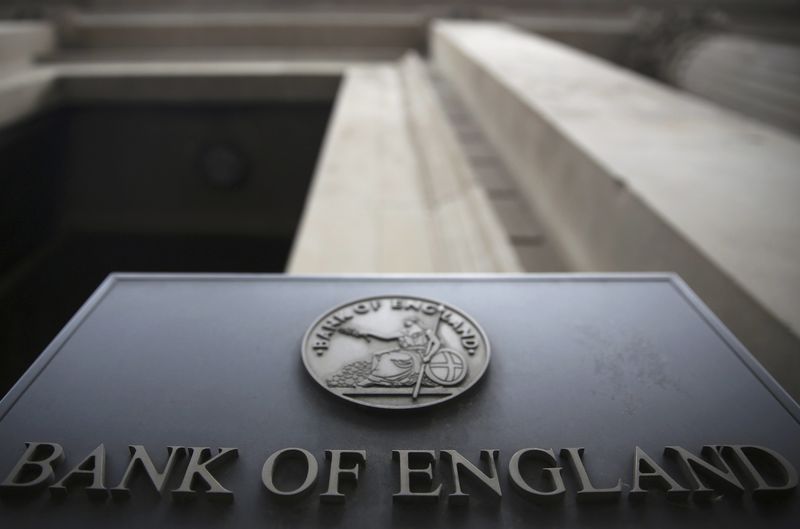Investing.com -- The dollar opened the week stronger against the pound sterling and the Japanese yen, but weaker against the euro, with markets still unsettled by the weak labor market report on Friday.
The dollar index, which measures the greenback against a basket of currencies, was effectively unchanged at 3:10 AM ET (0810 GMT) at 97.130. However, that masked a 0.5% rise for the dollar against sterling, which continued to suffer from speculation on an interest rate cut from the Bank of England. The euro was up marginally at $1.1128.
Speeches by Governor Mark Carney and Monetary Policy Committee member Silvana Tenreyro last week had encouraged hopes of a cut. Over the weekend, another MPC member Gertjan Vlieghe, had signalled in an interview with the Financial Times that he would also back a rate cut barring “an imminent and significant improvement in the U.K. data.”
Vlieghe will get his chance to judge on that at 4:30 AM ET (0930 GMT) with the latest update on U.K. GDP and its components, along with industrial production data for November. The National Institute of Economic and Social Research publishes its GDP tracker later at 9 AM ET (1400 GMT).
“Sterling seems to be caught between the bid from the under-weight asset managers and some speculators seeing the Brexit uncertainty lifted on the one hand, and the under-appreciated risks of a rate cut and a no-deal Brexit still on the other,” said Marc Chandler, managing partner of Bannockburn Global Forex. He sees a near-term range of $1.2900-$1.3200 for Cable.
The continued unrest in Iran over the weekend appears to have had little impact on broader sentiment, which is firmly in risk-on mode as the risk of war with the U.S. recedes and the signing of the preliminary trade agreement between China and the U.S. – scheduled for Wednesday – draws nearer.
The Chinese yuan broke through 6.90 to the dollar for the first time in five months overnight, while the Russian ruble rose to a 20-month high. The dollar also continued to lose ground against other barometers of risk appetite such as the Indonesian rupiah and Turkish lira.
Analysts at Nordea pointed to the incongruity of sharply rising emerging market currencies, given the consistently weak numbers coming out of global purchasing manager indexes.
“Either EM FX and equities are too expensive or else the global manufacturing PMI is about to explode higher. It is do or die time,” analysts Andrea Steno Larsen and Martin Enlund said. “It’s very hard to find a trigger for a weakening market at present (outside of Iran maybe) but maybe that is a worrying sign in itself?”
